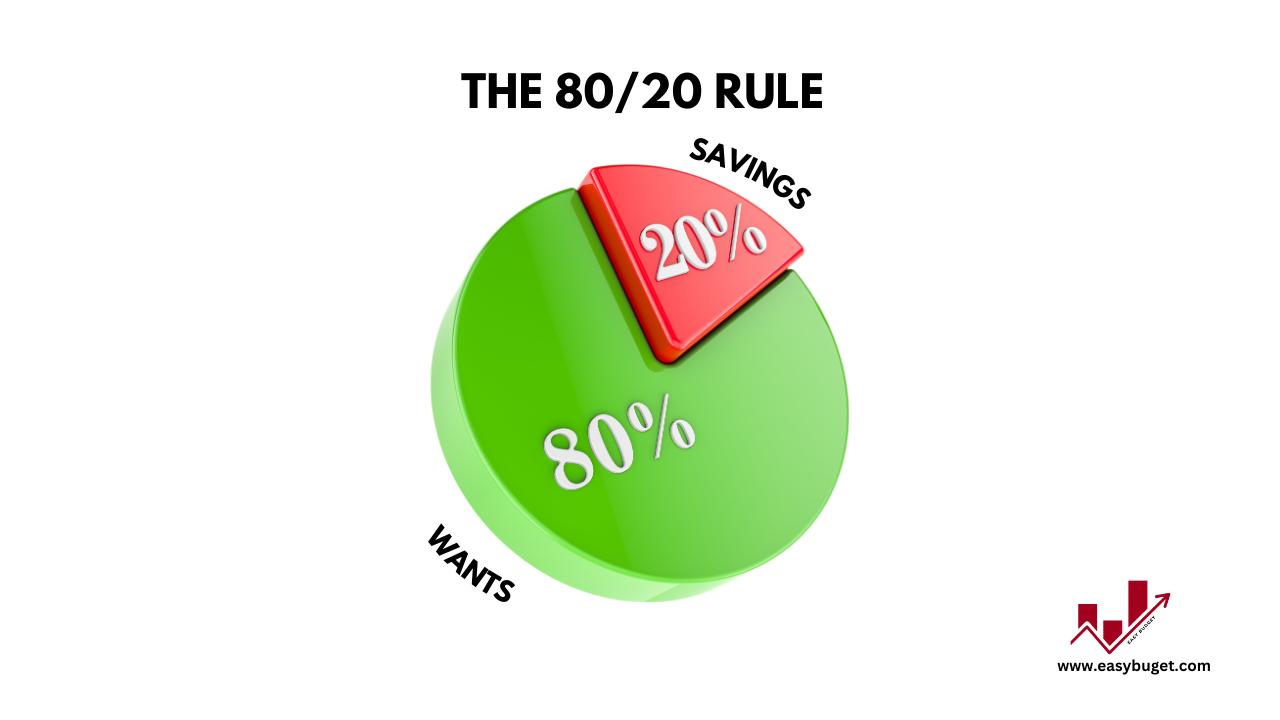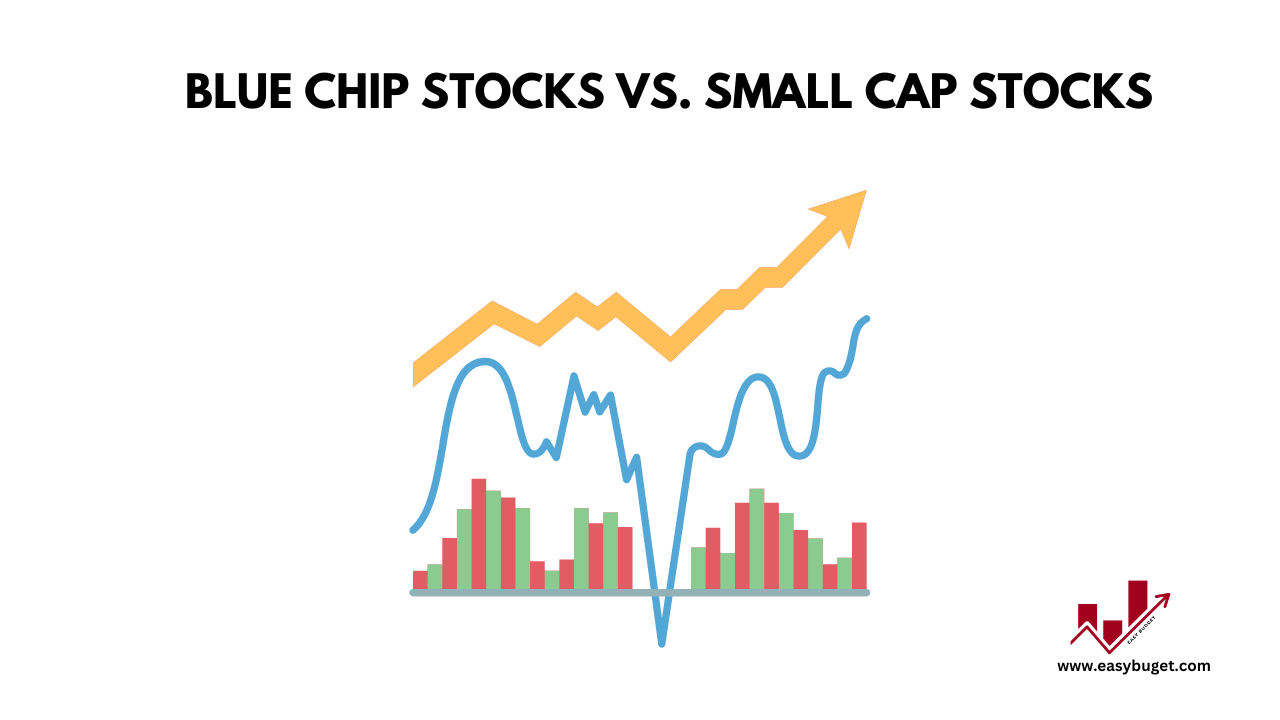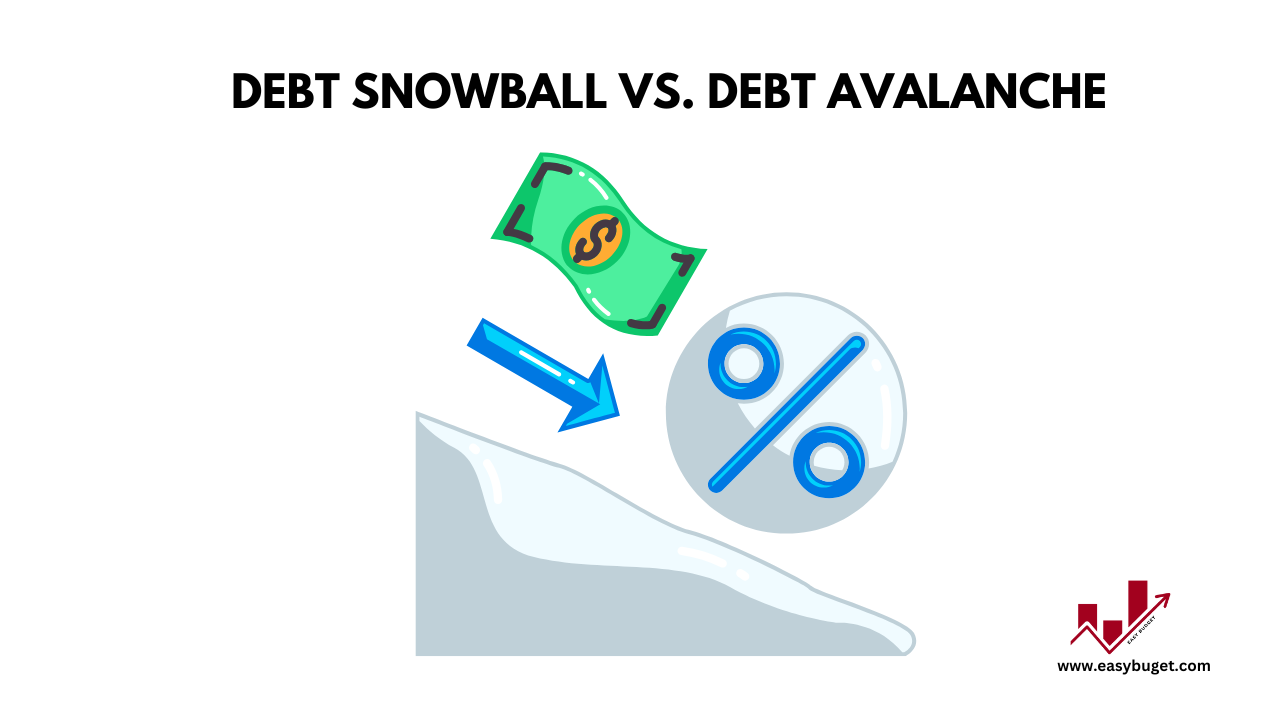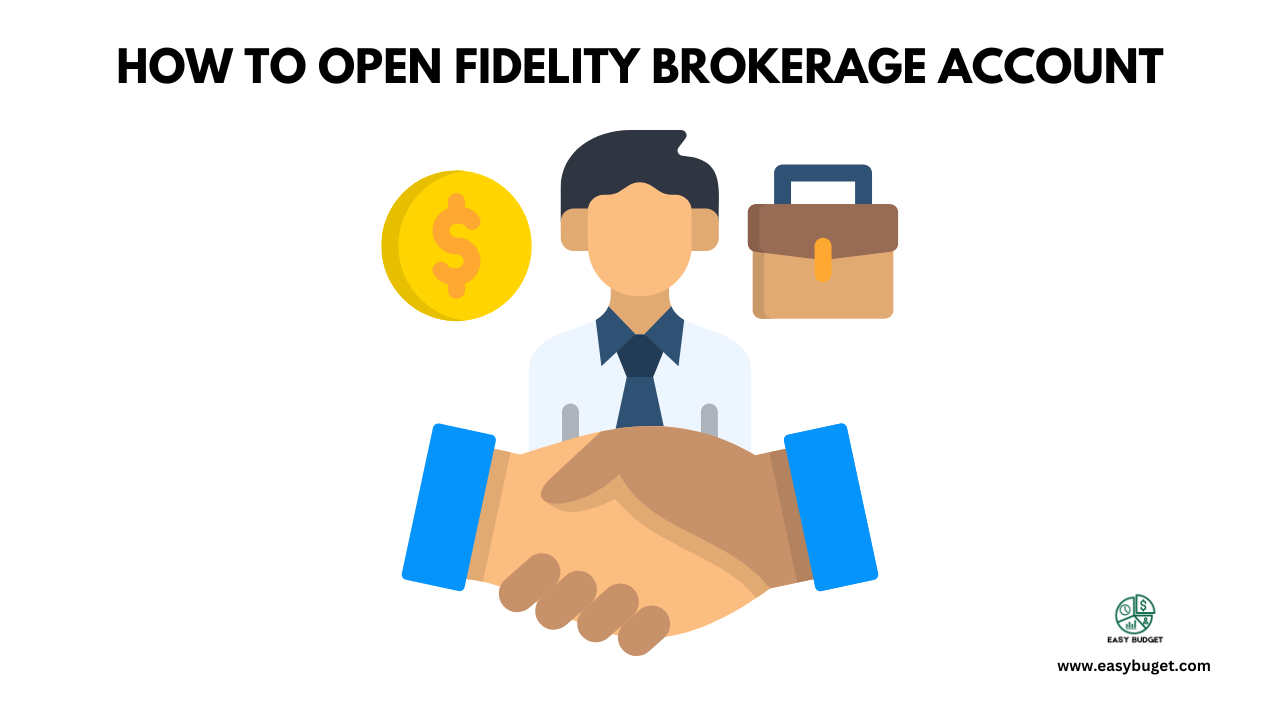Introduction: The easiest budgeting rule you’ll ever use
Let’s be honest—budgeting can feel overwhelming. You try to track every penny, categorize every expense and somehow still end up overspending. Sound familiar?
The good news is budgeting doesn’t have to be complicated. Enter the 80 20 rule—a simple, stress-free approach to manage your money.
With the 80/20 rule, you:
✅ Spend 80% of your income on everything you need (and want).
✅ Save 20% before you do anything else.
That’s it! No fancy spreadsheets, no overwhelming budgeting apps—just two numbers to remember. If you’re tired of budgeting systems that feel restrictive, keep reading to learn how this rule can change your financial life.
What is the 80 20 rule?
The 80 20 rule for budgeting is based on the Pareto Principle, which suggests that 80% of results come from 20% of efforts. When applied to personal finance, this means you should prioritize saving first (20%) and then spend the remaining 80% freely.
How it works in simple terms
- Take your after-tax income (the money that actually hits your bank account).
- Set aside 20% for savings, investments or debt repayment before spending anything.
- Use the remaining 80% for living expenses, fun and daily needs.
This method flips the traditional “spend first, save what’s left” mindset on its head—helping you build financial security effortlessly.
How to apply the 80 20 rule to your budget
Step 1: Calculate your after tax income
Before anything else, figure out how much money you bring home each month after taxes. For example:
- Monthly salary: $5,000
- After-tax income: $4,500
Step 2: Pay yourself first (20%)
As soon as you get paid, set aside 20% for:
✅ Emergency fund
✅ Retirement savings (401k, Roth IRA, etc.)
✅ Investments (stocks, index funds, etc.)
✅ Extra debt payments (if applicable)
In our example, 20% of $4,500 = $900 should go toward these savings categories.
Step 3: Cover your expenses with the remaining 80%
Now, you’re left with 80% to cover everything else:
- Rent/mortgage
- Utilities
- Groceries
- Transportation
- Subscriptions
- Fun money (dining out, shopping, travel, etc.)
In our example, 80% of $4,500 = $3,600 for everyday living.
That’s it! No detailed spreadsheets, no complicated breakdowns—just a simple system that ensures you save before spending.
Why the 80 20 rule works (Even If You Hate Budgeting)
✅ It’s simple – No need to track every dollar, just split your income into two chunks.
✅ It encourages automatic savings – You save first, so you don’t have to worry about running out of money later.
✅ It’s flexible – Unlike strict budgeting rules (like the 50/30/20 rule), this method lets you decide how to spend your 80%.
✅ It works for any income level – Whether you make $2,000 or $20,000 per month, the rule adapts to your lifestyle.
80/20 rule vs other budgeting methods
| Budgeting method | How it works | Best for |
|---|---|---|
| 80 20 rule | Save 20%, spend 80% | Simple, easy budgeting |
| 50 30 20 rule | 50% needs, 30% wants, 20% savings | Balanced spending & saving |
| Zero-Based budgeting | Every dollar is assigned a job | Detailed planners |
| Cash Envelope System | Uses physical cash for budgeting | Strict expense control |
Bottom line? If you want a budget that’s easy, flexible and helps you to save effortlessly, the 80 20 rule is the way to go.
Tips to make the 80 20 rule work for you
💡 Automate your savings – Set up automatic transfers so your 20% goes straight into savings or investments.
💡 Adjust if needed – If you have high expenses or debt, start with saving 10% and work your way up.
💡 Increase savings as you grow – If you get a raise, increase your savings rate instead of inflating your lifestyle.
💡 Use Budgeting apps – Tools like YNAB, Mint or EveryDollar can help you track spending without getting too detailed.
FAQs about the 80 20 rule
1. What if I can’t afford to save 20%?
That’s okay! Start with 5% or 10% and increase it over time. The key is to build the habit of saving first.
2. Can I use the 80/20 rule if I have debt?
Yes! You can allocate part of your 20% toward debt repayment (especially high-interest debt). Once you’re debt-free, put that money into savings.
3. Is the 80 20 rule better than the 50 30 20 budget?
It depends! If you want a simple, flexible system, the 80/20 rule is easier. If you prefer a more detailed plan, the 50 30 20 rule is better.
4. Should I invest my 20% or just save it?
Both! A good strategy is:
- 3-6 months’ expenses in an emergency fund
- Invest the rest in retirement accounts or index funds
5. Who is the 80 20 rule best for?
It’s perfect for:
✅ Beginners who want a simple budgeting method
✅ Busy people who don’t want to track every expense
✅ Anyone who struggles to save money
Final thoughts: Start the 80 20 Rule Today
If you’ve ever struggled with budgeting, the 80 20 rule might be the simple fix you need. It lets you spend freely while still saving—without the stress of complicated budgeting.
💡 Challenge: Try the 80 20 rule for one month and see how it works for you!
👉 What do you think about this budgeting method? Let me know in the comments!

























